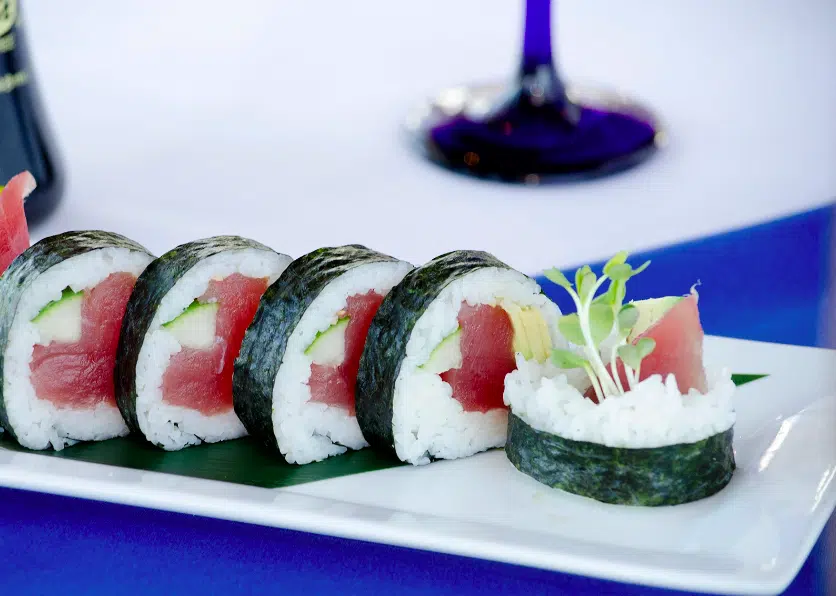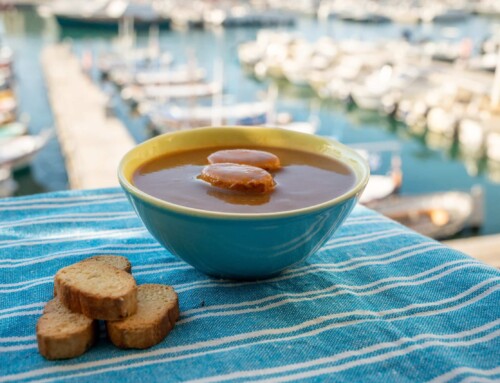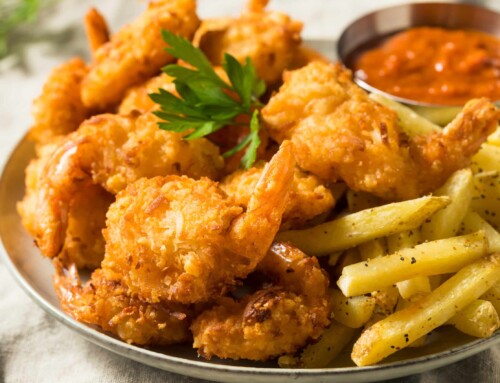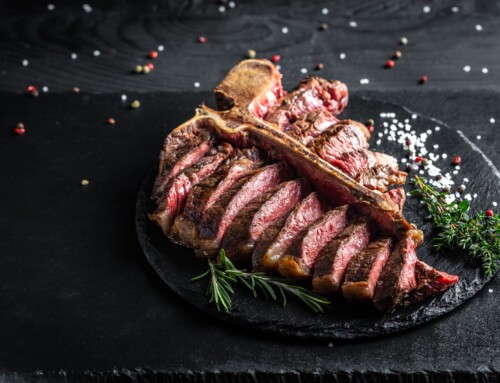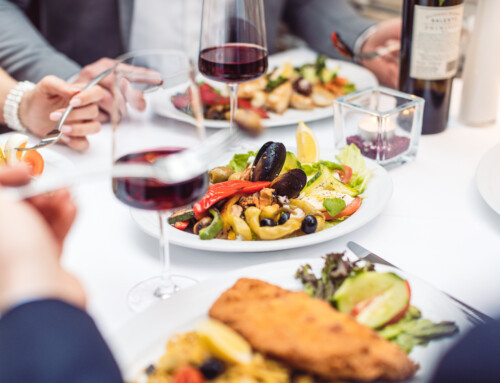Tuna is one of the most common items served in Japanese restaurants. But what about the different types of tuna used for sushi, sashimi and more of the country’s many delicacies?
Bluefin tuna
Bluefin tuna are mainly caught in the Atlantic Ocean. They are the largest tuna, typically weighing around 600 to 1,000 pounds. Bluefin is usually served in top-notch sushi restaurants because it is, quite simply, the most delicious tuna available in the world. In particular, the fat and protein are perfectly balanced, and pieces have a melt-in-your-mouth-type feel.
If you sit at the counter of a quality sushi bar, the long slabs of tuna you’ll see behind the glass are likely all from the same cut of bluefin tuna. The darkest shade is akami (lean) tuna, the slightly lighter one is chu-toro (medium-fatty tuna) and the lightest and smoothest-looking of the three — often filled with healthy streaks of marbleization — is o-toro (fatty tuna).
Southern bluefin tuna
Southern bluefin tuna are similar to bluefin tuna, but they come from the Indian Ocean or from other places in the Southern Hemisphere. They are smaller than bluefin tuna, but the quality is almost as good. As mentioned above, the species is critically endangered. Quotas are now in place for fishing, with Australia (followed by Japan) allowing for the highest yearly level of catches.
Bigeye tuna
No surprise here — these are tuna with big eyes! They are leaner compared to the bluefin, but their akami tends to be top quality. We’d recommend going with bluefin tuna for toro lovers, and Bigeye for akami lovers.
Yellowfin tuna
Quite simply, tuna with yellow fins. Flavor-wise, they’re similar to the bigeyes. In Japan, yellowfin tuna are the most commonly found tuna and are served widely in many casual sushi spots. There’s a good chance that any menu item marked as “tuna” and offered either seared, blackened, marinated or cooked at a restaurant is of this type.
Albacore tuna
Albacores are widely used for canned tuna. Their sushi pieces are identifiable by a lighter, rosy color and a rougher consistency than their brethren. Price-wise, they are the most affordable, so in Japan, you’ll find albacores at belt-conveyor sushi chains. At Japanese restaurants in the U.S., albacore will often run a bit cheaper than all other types of tuna. This is what you are hoping is marked as “white tuna” at sushi restaurants across the U.S., but it’s much more likely that any establishment carrying albacore would label it clearly as such (see below).
Dine At Go Fish!
Go Fish located in Mystic, CT has the freshest fish this side of the shoreline, any way you want it … raw or cooked. Mystic Country’s most innovative seafood restaurant featuring lunch, dinner, raw bar, sushi bar, wine events & private dining. Recently renovated to include more windows & natural lighting and an outdoor dining area!
If you have questions or comments, please do not hesitate to contact us.
27 Coogan Blvd, Bldg 22
Mystic, CT 06355
860-536-2662
HOW TO FIND US
Go Fish restaurant and bar is located in the
Olde Mistick Village, 27 Coogan Blvd, Bldg 22.
Exit 90 off of I-95.
HOURS
LUNCH & DINNER DAILY
- Sunday – Thursday: 11:30 am – 9:00 pm
- Friday & Saturday: 11:30 am – 9:30 pm
SUSHI
- Monday – Thursday: 4:30 pm – 9:00 pm
- Friday & Saturday: 4:30 pm – 9:30 pm
- Sunday: 4:30 pm – 9:00 pm
